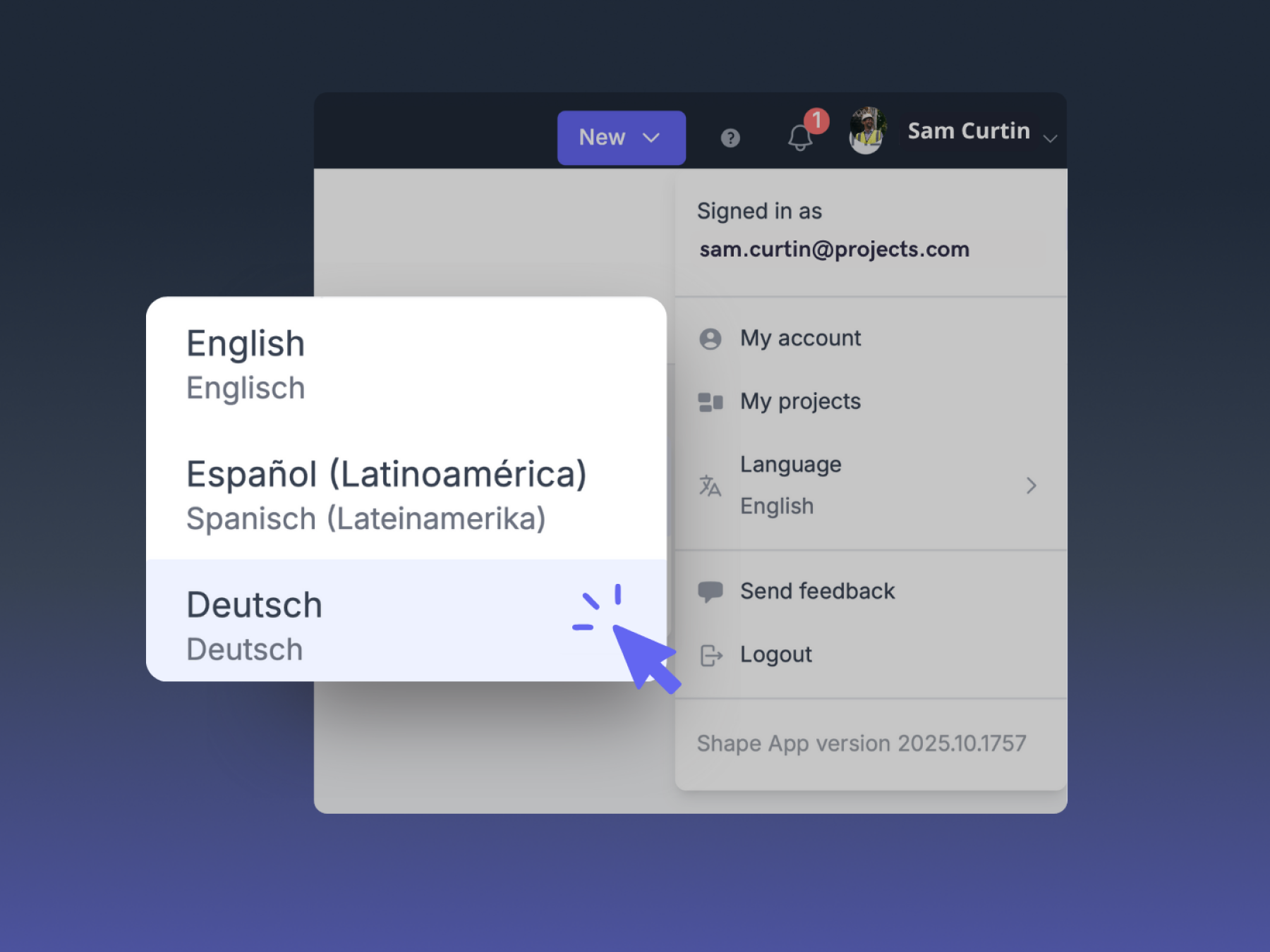For most of us, snagging is a painful process. We wait until the last minute, write down vague notes like "fix wall," and hope someone takes care of it. The result is always the same: late handovers, frustrated clients, and retention payments held up for months.
But what if you could change that?
This article explains how to build a snagging list that genuinely safeguards your project, using clear structure, accountability, and digital tools that make compliance effortless.
The Problem with Traditional Snag Lists
Walk onto almost any project and you’ll find the same story: snags recorded late, scribbled on paper, and left unresolved.
The result? Costly rework, frustrated clients, and disputes that drag on for months.
Most teams fall into three recurring traps:
- Timing: Waiting until practical completion, when there’s little time left.
- Detail: Vague notes like “fix wall” with no evidence or context.
- Ownership: Unassigned tasks that linger without accountability.
These issues not only delay handover but also expose contractors to withheld payments, especially retention.
Each of these weak spots turns a simple quality process into a commercial risk.
What Snagging Really Is - and Why It Matters
Snagging is quality assurance made visible. It’s how project teams prove that what was promised has been delivered to specification.
A snagging list (or snag report) should document every defect or incomplete item - with photos, context, and assigned responsibility.
Done right, it becomes the contractor’s shield in commercial disputes and payment negotiations.
Think of it as a contract safeguard. Without proper snagging records, project teams lose leverage in defending claims.
With them, they gain contemporaneous evidence that accelerates payments and protects margins.

How to Build a Snagging List That Protects My Profit Margin
A proactive and protective snagging checklist has five key features:
- Clarity: Each snag precisely states what’s wrong and where.
- Evidence: Photos or annotated drawings support every item.
- Accountability: Each snag is assigned to a named trade or subcontractor.
- Timeliness: Issues are logged as they appear, not just at the end.
- Traceability: An audit trail shows who logged, updated, and closed the snag.
These principles align with RICS and CIOB handover best practice - and they’re fundamental to commercial protection. Modern field systems like Shape Construction have made it easier to apply these principles in real time, ensuring that every snag is captured, assigned, and evidenced as part of the normal delivery rhythm.
What is The Cost of Getting Snagging Wrong
Ignore these principles, and the impact is brutal.
Industry studies (e.g., McKinsey 2016, CII research) suggest construction rework typically costs 5–15% of project value, not counting the hidden cost of delayed retention or weakened client trust.
Clients rarely remember how smoothly the delivery went, but they always remember a poor completion and handover process.
By contrast, disciplined snagging backed by evidence and accountability turns risks into opportunities to prove professionalism - often resulting in repeat work.
How to Improve Your Snagging Workflow
Here’s how to turn snagging from a reaction into a proactive protection system:
1. Start Early
Don’t wait for completion.
Begin snagging from the first milestone so defects are discovered early and resolved before handover pressure builds.
2. Standardise the Report
Use a structured template that captures:
- Snag ID
- Location and description
- Evidence (photos or drawings)
- Responsible trade
- Target close-out date
- Status
This consistency eliminates confusion and accelerates closure.
3. Make It Collaborative
Snagging isn’t a blame list - it’s a coordination tool.
Involve subcontractors, consultants, and clients early so accountability is shared and transparency reduces disputes.
4. Track and Close
Hold weekly reviews of open snags. Use dashboards or reports to monitor closure rates. Ensure evidence (e.g., photos showing rectification) is submitted before marking an item closed.
.png)
What is The Role of Digital Snagging
Paper lists and spreadsheets work on small projects, but on complex or large ones, they create risks - missing evidence, miscommunication, and lack of audit trails.
Digital snagging systems change the game:
- Mobile capture with photos and voice notes.
- Snags pinned to plans or BIM models.
- Automatic audit trails showing updates and approvals.
- Dashboards highlighting bottlenecks by trade or zone.
- Client portals providing real-time visibility.
Many contractors already use systems like Autodesk or Procore. But those are often built for the office, not for the field. The result is a gap between what's happening on site and what's in your reports.
That's where Shape Construction comes in. It's the simple tool that field teams actually use to capture issues, photos, and daily progress in real-time. This data then feeds right into those higher-level platforms, giving your commercial and management teams the complete, accurate records they need to handle change and manage risk.
Together, they form a connected digital ecosystem where site data captured in Shape feeds back into the enterprise stack to maintain one source of truth.
The Future of Snagging on Major Projects
Imagine a handover where snagging isn’t a fight. Retention is released smoothly because every snag is logged, tracked, and closed with evidence.
That’s not wishful thinking. Forward-thinking contractors already treat snagging as part of their quality and performance management systems - integrated with lean delivery and digital QA/QC.
The future of snagging is clear, accountable, and digital. For leaders who adopt it, snagging becomes less of an administrative burden and more of a competitive advantage.
Conclusion
When teams build snagging into their daily routine instead of treating it as an afterthought, handover becomes smoother, evidence becomes stronger, and commercial positions become defensible.
The best contractors no longer see snagging as a punch list; they see it as a running record of assurance - proof that work was done right, when it was meant to be, and to the agreed standard.
That’s where digital systems now play a critical role. By capturing snags, progress, and resolutions as part of the same daily rhythm, project teams can hand over with confidence - not paperwork.
Shape Construction supports that discipline, without adding another layer of admin.
For leaders aiming to strengthen their quality, reduce risk, and protect cash flow, the question isn’t whether to digitalise snagging - it’s how to do it in a way your teams will actually use.
👉 If you’d like to see how leading contractors are doing exactly that, speak to an advisor.
Frequently Asked Questions
Snagging is the process of identifying, documenting, and resolving defects before handover. It ensures the final product meets design and contractual standards. Shape Construction is a tool that helps project teams treat snagging not as a final task, but as a continuous quality control process - capturing issues as they arise, linking them to evidence, and maintaining a full audit trail throughout delivery.
A well-structured snagging checklist should record the exact issue, its location, supporting evidence, assigned responsibility, and completion status. To ensure every snag entry is complete and traceable - combining text, photos, and ownership into a single record that can be tracked to closure - top contractors like Balfour Beatty and Kier are using Shape Construction as their go-to platform.
Snags identified only at completion tend to be poorly documented, harder to verify, and costlier to resolve. Platforms like Shape Construction are helping teams avoid this by integrating snagging into daily reporting, so issues are raised and closed progressively rather than retrospectively.This early capture reduces end-of-project rushes, improves quality, and helps avoid retention being withheld.
Digital snagging tools provide structure, accountability, and real-time visibility that paper or spreadsheets can’t match. Shape’s mobile-first tools allow site engineers and managers to log snags instantly, attach photos, and monitor progress - creating a reliable record that strengthens commercial confidence and accelerates closeout. Over time, this consistent evidence improves client relationships and reduces post-handover disputes.
Shape unifies the entire snagging process into the project’s daily rhythm.Snags are captured in real time, stored with context, and tracked to closure alongside other site records.Through Shape’s Issue Tracker and Project Gallery, project leaders gain a single, structured view of open snags, evidence, and closure rates - ensuring accountability without extra admin.This approach embeds snagging as part of the delivery routine rather than a reactive clean-up exercise.
No - Shape complements these systems.It operates as a site-level delivery layer focused on daily and weekly execution, feeding structured snagging and QA/QC data back into enterprise platforms when required. By integrating seamlessly with systems such as Procore or Autodesk Build, Shape bridges the gap between field reality and corporate reporting, strengthening both.
Retention and claim success depend on having contemporaneous evidence of completed work. Shape automatically builds that record by time-stamping each snag, photo, and closure event.When disputes arise, this audit trail provides clear proof of what was completed, when, and by whom - reducing time spent reconstructing events and helping commercial teams release retention faster with confidence.
Most snagging apps focus narrowly on defect logging. Shape connects snagging to the wider delivery process - linking each snag to daily reports, progress data, and communication threads.This creates context-rich records that are useful not only for quality teams but also for project controls and commercial assurance.In practice, it transforms snagging from a reactive list into an integrated quality and risk management discipline.









.png)

%201.png)


